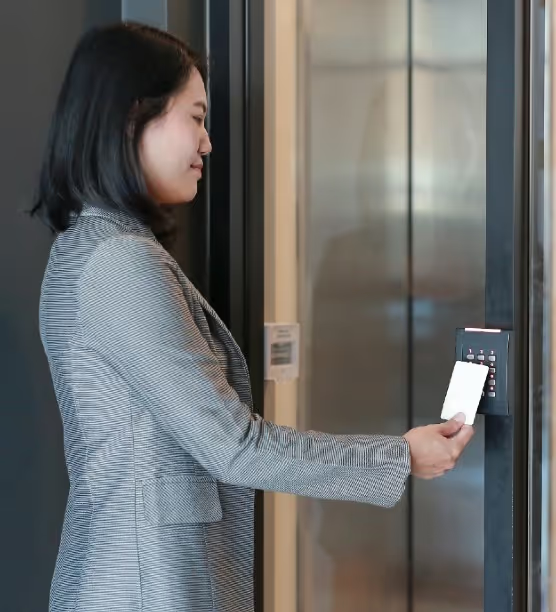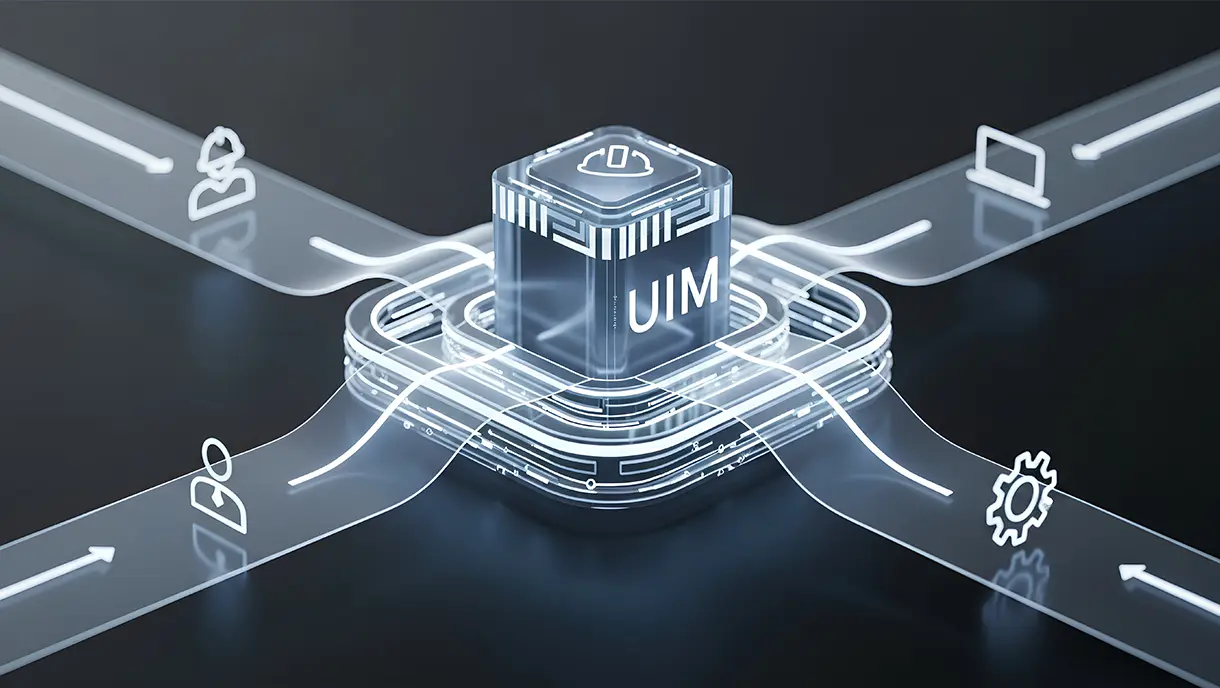Access Control: Unwalled Workplaces vs Enclosed Premises
This blog explores the differences in access control requirements between unwalled workplaces, such as warehouses or construction sites, and enclosed premises like offices or laboratories. It explains the types of physical and logical access control systems, their components, and how they protect sensitive resources from unauthorized access. Gain insights into specific security measures, tools, and technologies needed to safeguard both open and enclosed work environments effectively.

Workplaces are undergoing a digital transformation. Enterprises need to ensure that newly adopted tools and technologies have secure and protected access for users. Various security techniques can be used to protect systems, devices, applications, and even machines. Access control is a security technique regulating who can access resources in a computing environment.
Two types of access control minimize risk for business operations:
- Physical access control that limits access to physical IT assets, buildings, campuses, and rooms
- Logical access control that limits connections to system files, computer networks, and data
Electronic access control systems restrict users' access to business locations and proprietary areas. For example, these systems use user credentials, auditing, reports, and access card readers to track employee access, generating alerts and alarms upon detecting unauthorized access or operations.
Importance of access control
Enterprises’ infrastructure for streamlined functioning of their operations may include various systems, machines, devices, and centers. This infrastructure is connected through multiple IT systems for smooth and seamless collaboration, communication, and connection within and across departments. All the data shared over these systems requires limiting access to reduce the risk of unwanted events like data leakage, system hacking, etc.
Access control systems play a critical role in minimizing the security risks presented by unauthorized access to both physical and cloud systems. They are one of the fundamental components of security compliance programs. Access control ensures that security technology and access control policies protect sensitive and confidential information about employees, businesses, customers, partners, and clients.
Types of access control
Below we describe some of the most common types of access control.
Mandatory Access Control (MAC)
A central authority regulates access rights based on multiple levels of security. It is used in military and government environments with classifications assigned to operating systems, security kernels, and system resources.
Discretionary Access Control (DAC)
Administrators and owners use DAC to protect resources, data, and systems. It helps them to limit the propagation of access rights.
Role-based access control (RBAC)
Role-based access control is one of the most widely used access control mechanisms. It restricts access to computer resources based on business functions rather than the identities of individual users. It depends on role assignments, permissions, and authorizations.
Rule-based access control
A system administrator determines resource access control rules based on certain conditions.
Attribute-based access control (ABAC)
Enterprises use attribute-based access control to manage access rights through rules, policies, and relationships using the attributes of systems, users, and environmental conditions.
Access control requirements
For both physical and logical access control, systems have the following components:
- Authentication involves validating personal identity documents, checking login credentials, and verifying the authenticity of a website to prove an assertion.
- Access to resources is provided for authenticated and authorized people and devices.
- Management of access control systems includes adding and removing the authorization and authentication of systems or users as needed.
- Auditing is a part of access control, enforcing the principle of least privilege.
- Authorization includes the specification of privileges or access rights to resources.
Access control requirements for unwalled workplaces
Unwalled workplaces include open-space work such as construction sites, warehouses, factories, etc. These spaces are more prone to unwanted visits from outsiders and therefore require access control and identity authentication systems. The premises are secured with electronic fail-safe or fail-secure locks. These locks are unlocked only when the input provided complies with the workplace codes and regulations.
Another access control system for unwalled workplaces includes an access control panel that is not visible to visitors. It is installed in control rooms like an IT, electrical, or telecommunication closet. The wired locks of the access control panel are unlocked only when valid credentials are provided at the entry point. Some other solutions include access control servers, low-voltage cables, and physical security. Access control requirements include the following:
- User-facing components, such as ID badges and cards
- Infrastructure, such as a controller, cables, and the server infrastructure
- Admin-facing components, such as a management portal and dashboard
Access control requirements for enclosed premises
Enclosed workplaces include offices, academic buildings, and research laboratories. These premises can be secured with various access control systems, which have the following required components
Biometric Access Control: The user's biometric data, such as facial recognition, fingerprints or retina scans, is recorded in the system at the entry point. The user can enter the infrastructure only when the input matches the directory data.
Automated Vulnerability Checks and Audits: Unauthorized system or device access in the premise needs to be checked and audited regularly to mitigate vulnerabilities.
Access control requirements: Unwalled workplaces vs enclosed premises
Providing access control is easier for enclosed premises than for unwalled workplaces. In either case, people do not gain entry into the workplace until the input credentials match the directory.With effective access control, enclosed premises are secure even when unauthorized people try to enter. However, access control requirements for unwalled workplaces must include video surveillance and monitoring systems like CCTV to ensure that unauthorized and unauthenticated people do not access the workplace.
Access control management is essential for both unwalled and enclosed workplaces. Various components, such as authentication, authorization, auditing, management, and access, are required for both types of workplaces.






Get the latest updates! Subscribe now!




